The sun is still low in the sky on a clear autumn morning; its rays catch and illuminate the edge of the clouds and the dewy barks of the trees, casting shadows over a large stone house whose windows reflect the amber light. There’s a smiling couple already on the road, in a horse-drawn cart, on the way to the market, and a hunter crouching low with his dog, the eyes of both fixed in concentration on a group of unsuspecting birds. Beyond them the hills undulate towards an unending horizon. You can almost smell the wildflowers; hear the rippling stream, the hooves of the animals on the cobbled paths and the wind rustling through the trees; feel the crisp morning air on your face and the dew underfoot.
Turn to face the opposite wall, in a small gallery in the basement of the Wallace Collection, and the scene changes. The sun is beginning to set; its evening light illuminates golden haystacks, and a dazzling rainbow heralds the end of a sudden shower. The dark rain-filled clouds overhead are dissipating. A group of geese and ducks splish and splash by a crystal-clear stream where cattle graze, and a pair of milkmaids greet a harvester, as the day draws to a close.
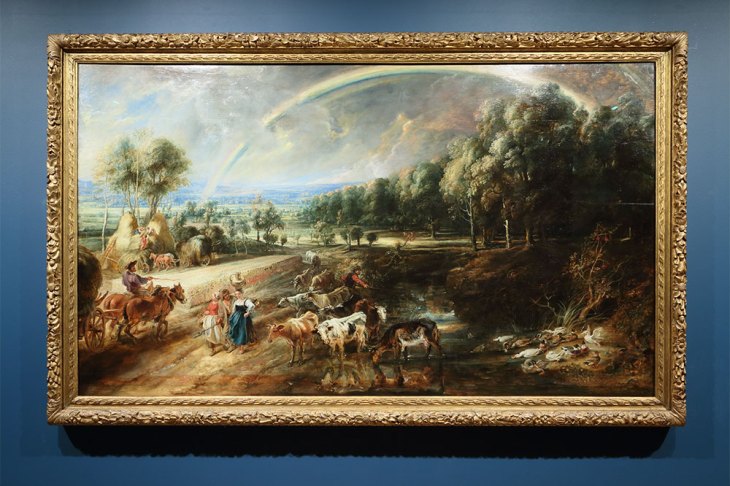
The Rainbow Landscape (c. 1636), Peter Paul Rubens. Installation view at the Wallace Collection, London. © Trustees of The Wallace Collection, London
These two idyllic scenes are depicted in A View of Het Steen in the Early Morning and The Rainbow Landscape by Peter Paul Rubens, a pair of landscapes painted towards the end of the artist’s life. A View of Het Steen is usually housed at the National Gallery but has travelled across central London to be reunited with its companion piece at the Wallace Collection for the first time in more than two hundred years. The painting was lent in return for the Wallace Collection’s first-ever loan of an artwork in its collection, Titian’s Rape of Europa, for the National Gallery’s exhibition reuniting the Venetian painter’s great poesie cycle last year. The National Gallery display contained six paintings, and this one just two – but they are so rich in detail that you could easily be looking at 20.
By 1636, at almost sixty years of age, Rubens was the most successful artist of his day, with a large studio in Antwerp to cater to the demands of the great and the good of all of Europe. But when these monumental works were painted, he had taken a backseat at his studio, retired from his long diplomatic career, and was spending increasing amounts of time in his new country estate, Het Steen, with his young wife, Helene Fourment, and their growing family. Rubens was immensely proud of his country retreat, which he obtained in 1635. It was not typical for a man of Rubens’s social class to be able to buy an estate of this kind but having worked for – and been ennobled by – patrons such as Charles I of England and Philip IV of France, and having built up a fortune over decades, he was given special dispensation from the Council of Brabant to purchase the house and lands.
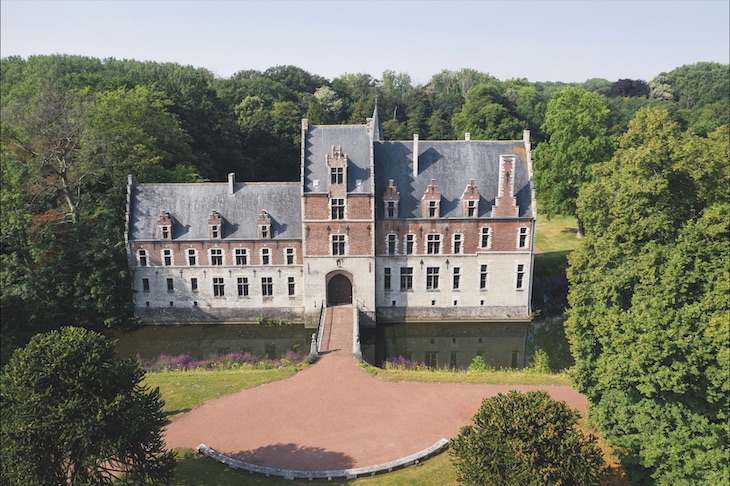
Elewijt Castle, also known as the Castle of Het Steen, erected in 1304 with renovations overseen by Peter Paul Rubens from 1635–40, and modern restorations
What makes these two landscapes exceptional is that they were not a commission from a client, but for the artist’s own use, to hang in his new country retreat. And, even more exceptionally, they were painted entirely in Rubens’s own hand, not in collaboration with his studio. As a result they offer an unusual glimpse of the mind of the artist.
We can even see traces of the artist at work: in the Rainbow painting there are almost ghostly shadows where he initially placed the cows before deciding to move them slightly to the left. These works were initially much smaller snapshot views, and panels of wood were added on as his vision of the landscapes increased. If you look closely, you can see lines in the paint which indicate where these pieces were added. And the ability to look closely is part of what makes this tightly focused exhibition so effective. Moving between the two canvases, which hang face to face, unaccompanied by wall labels or texts, encourages you to really examine their intricate details: every blade of grass, every flower’s petal.
This is a peaceful image of Rubens in retirement. One of his nephews wrote that Rubens wanted ‘to paint vividly […] from nature the surrounding mountains, plains, valleys and meadows, at sunrise and sunset with their horizons’; landscapes may not at this time have been held in the same regard as the historical or biblical topics with which he had made his name, but here he wanted to please only himself. These tranquil country scenes are devoid of fleshy figures, sensuous appetites, and dramatic narrative. But look closely and you will find the unmistakable signs of the great baroque master: the use of impasto, the broad brushstrokes, the vivid colours, the detailed figures. Looking at A View of Het Steen, you can imagine Rubens sitting on the grass outside his great house, finding his inspiration in the vast horizon.
‘Rubens: Reuniting the Great Landscapes’ is at the Wallace Collection, London, until 15 August.
Unlimited access from just $16 every 3 months
Subscribe to get unlimited and exclusive access to the top art stories, interviews and exhibition reviews.

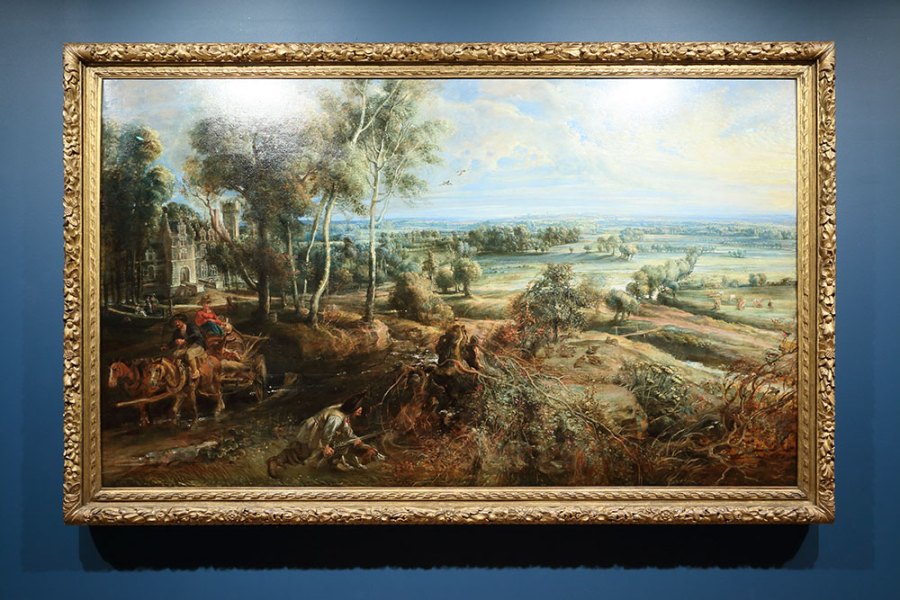
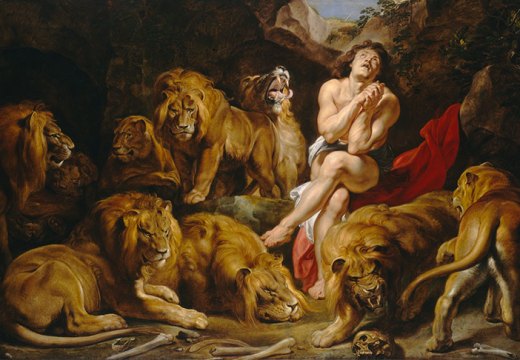
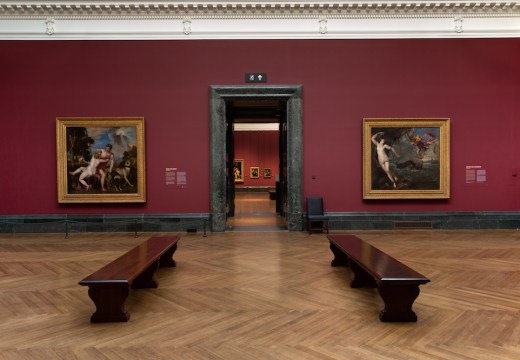
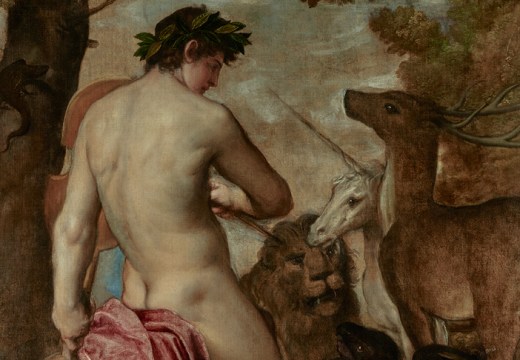









![Masterpiece [Re]discovery 2022. Photo: Ben Fisher Photography, courtesy of Masterpiece London](http://www.apollo-magazine.com/wp-content/uploads/2022/07/MPL2022_4263.jpg)
It’s time for the government of London to return to its rightful home